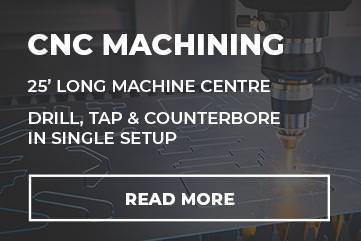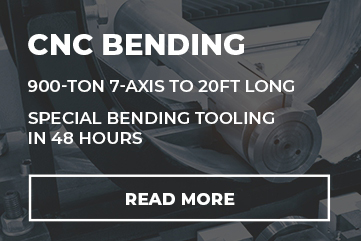News
What Is Tig Welding & How To Tig Weld?
TIG welding is the most versatile kind of welding. TIG welding is precise and can be used for most types of metal: aluminum, stainless steel, carbon, magnesium, titanium, cobalt, nickel, copper alloys, niobium, as well as tungsten.
Here are the most commonly asked questions involving TIG welding.
What Is Tig Welding?
TIG stands for Tungsten Inert Gas.
Technically it is called Gas Tungsten Arc Welding GTAW and also known as Heli-arc welding. Heli-arc welding historically is a nod to the Hobart “Heli-Arc” machine from the 1930s developed to weld magnesium.
More Veriform Welding Services
What Is Tig Welding Used For?
Mechanically strong and visually appealing, TIG welding is becoming increasingly critical for industry and has attained new popularity in recent years.
In the automotive and aerospace industries the process has helped reconfigure components making them lights thereby reducing fuel consumption and savings on ever-higher fuel costs.
It is a particularly effective and economic way for welding light gauge metals (under 3mm thickness) and for welding metals difficult to weld with the conventional welding process.
How Does Tig Welding Work?
In TIG, metals are fused together by heating them with an electric arc established between a non-consumable (does not melt) tungsten electrode and the workpiece. The molten metal, tungsten electrode and the welding zone are protected from the atmosphere (the air around it) by a stream of inert gas through the welding torch. The resulting welds have the same chemical integrity as the original base metal.
TIG welding is similar to oxy-acetylene welding in that you use a filler material for build-up or reinforcement.
Can You TIG Weld Aluminum?
The process is well suited for aluminum and is most frequently associated with the process. However, the process can be used to weld almost all metals and metal alloys in use today.
Such metals include the following:
- Aluminum and aluminum alloys
- Magnesium and magnesium alloys
- Low alloy steel and carbon steels
- Copper and copper alloys
- Nickel and nickel alloys
- Joining carbon and alloy steels
- Reactive materials (for example, titanium and tantalum)
Exotic alloys and aluminum are being used more than ever to build vehicles.
What Kind of Gas Do You Use With a Tig Welder?
Shielding gases are used to protect and cool the welding area from atmospheric gases, heat transfer, not to mention help start and maintain a stable arc.
Normally for TIG welding Aragon is used. Helium may also be added to increase penetration and fluidity of the weld pool.
What Kind of Gas Do You Use for Tig Welding Steel?
An argon/ hydrogen mixture is the preferred gas for manual TIG welding for stainless steel (of austenitic grades). The hydrogen helps to collect oxygen close to the weld pool for a cleaner weld surface and minimizes the need for a post-weld clean.
Where Is Tig Welding Used?
Gas Tungsten Arch Welding or TIG has found applications in the:
- Aerospace industry – aircraft
- Sheet Metal Works
- Metal Furniture
- Most Notably Automotive Transport Industry
- for any vehicles including cars, trucks, hot rods, choppers, professional racing teams, as well as auto hobbyists and enthusiasts








